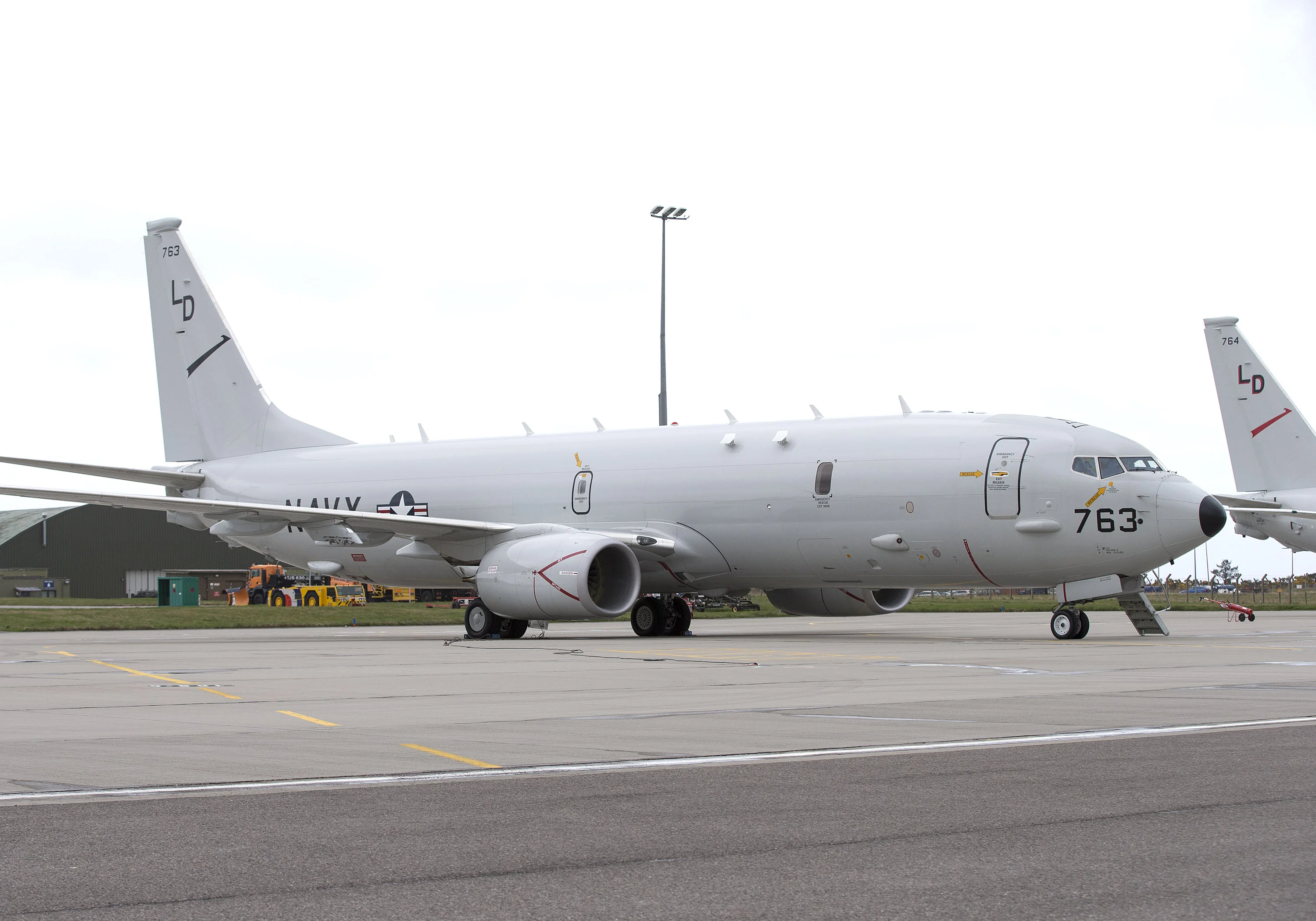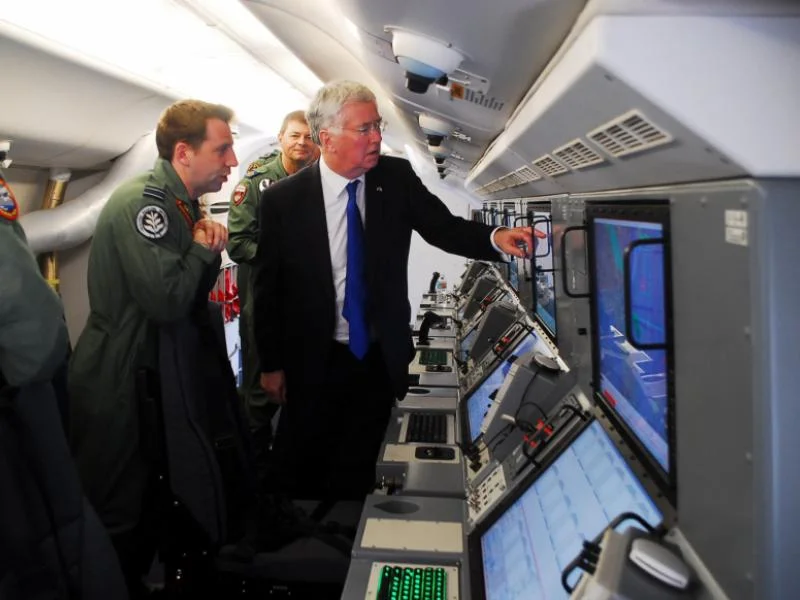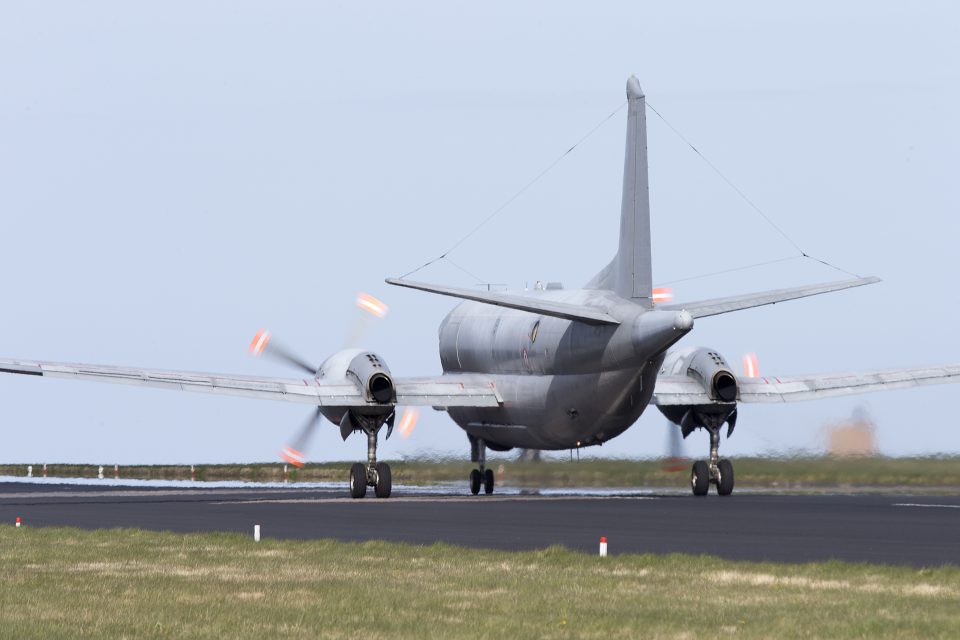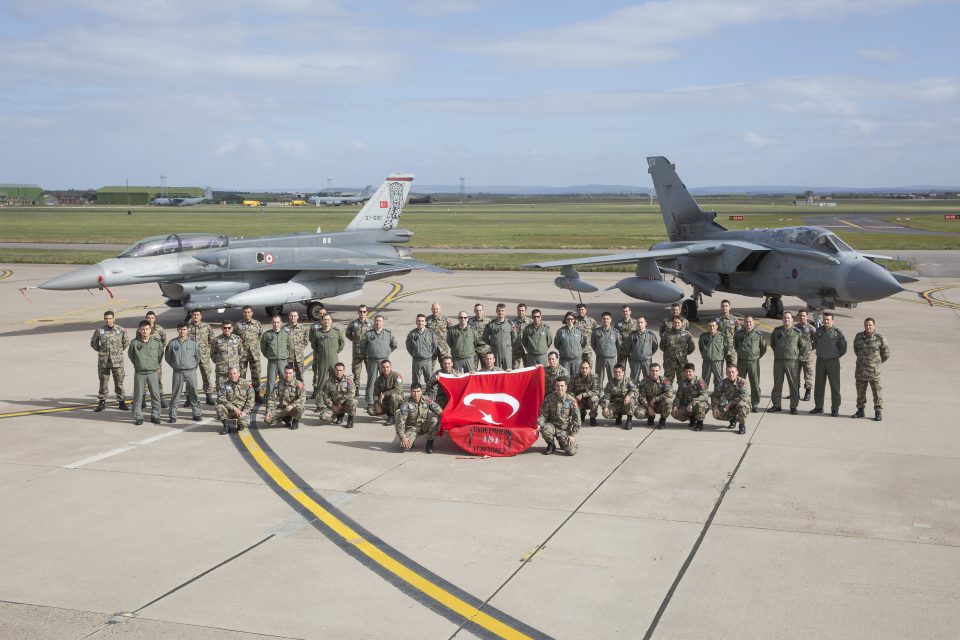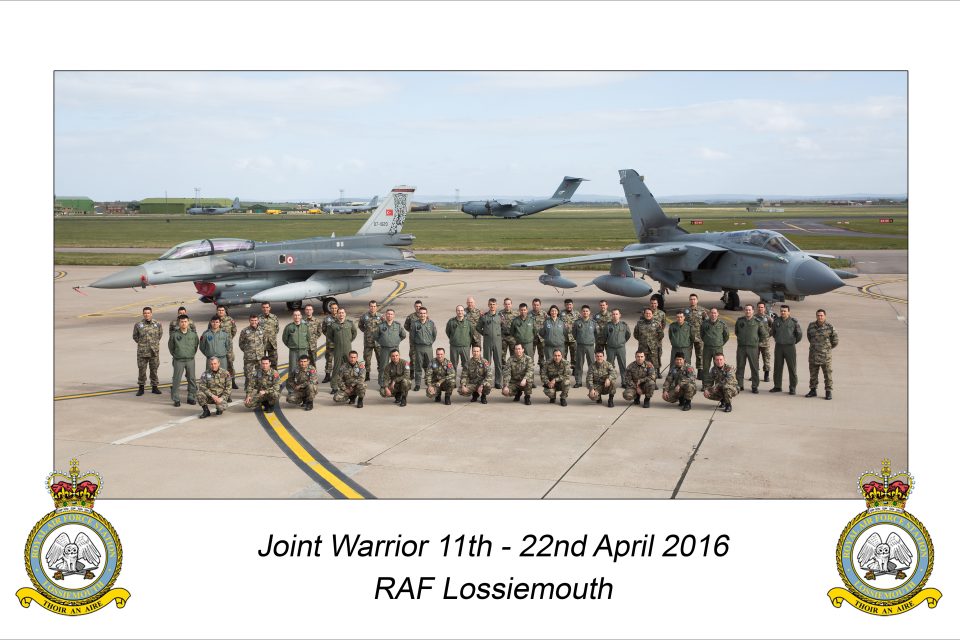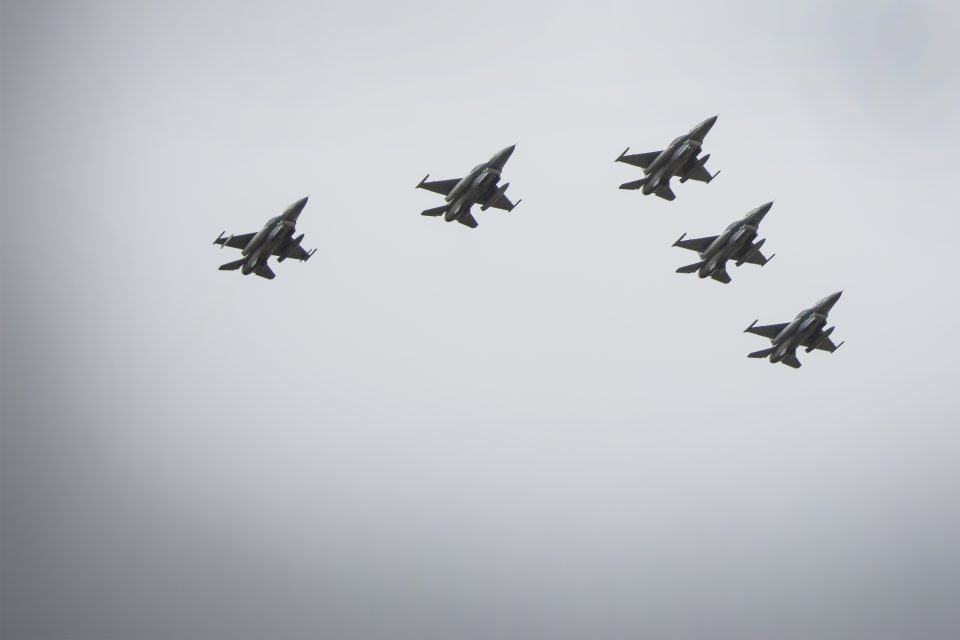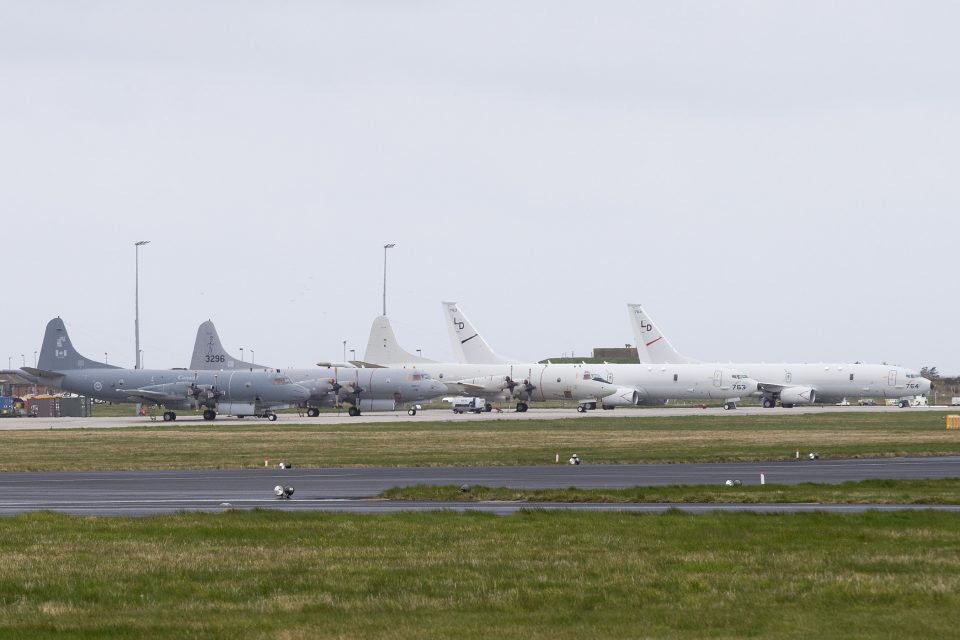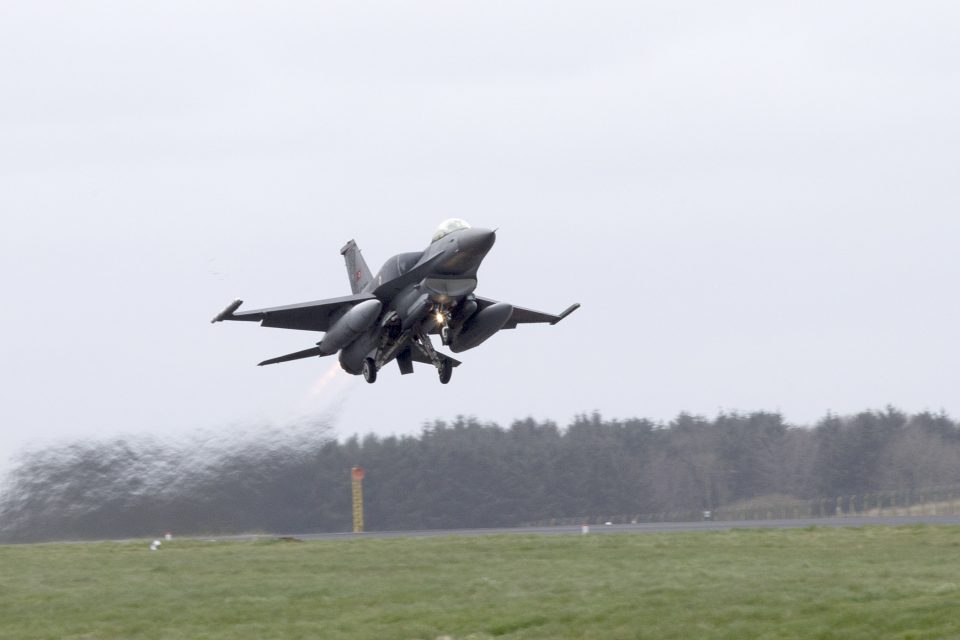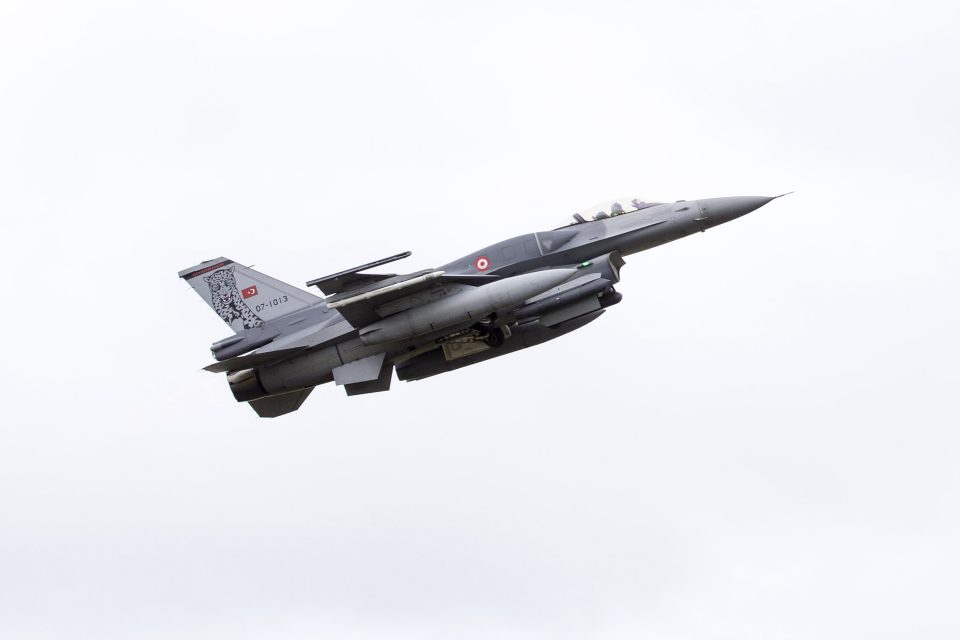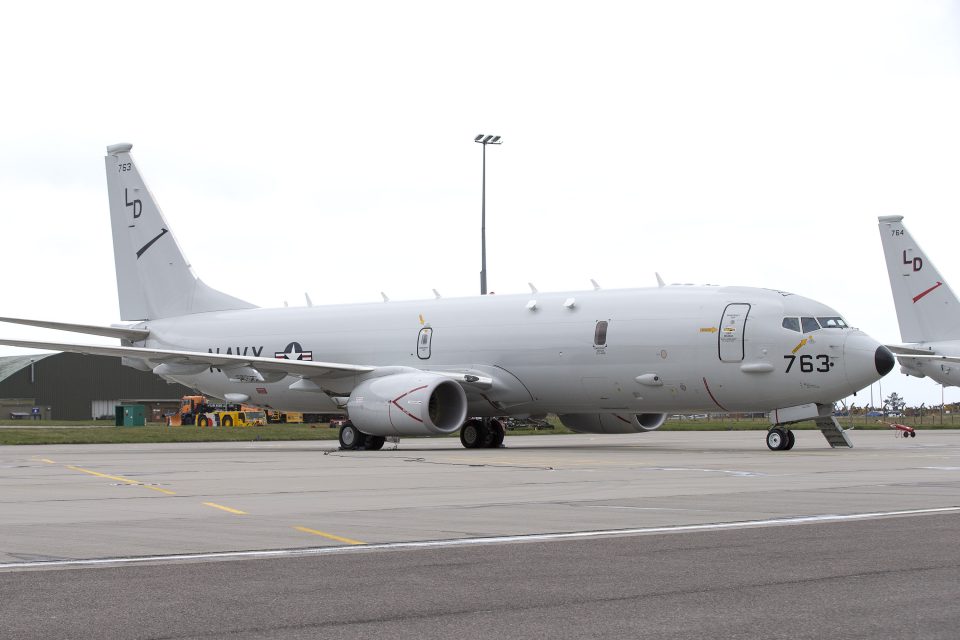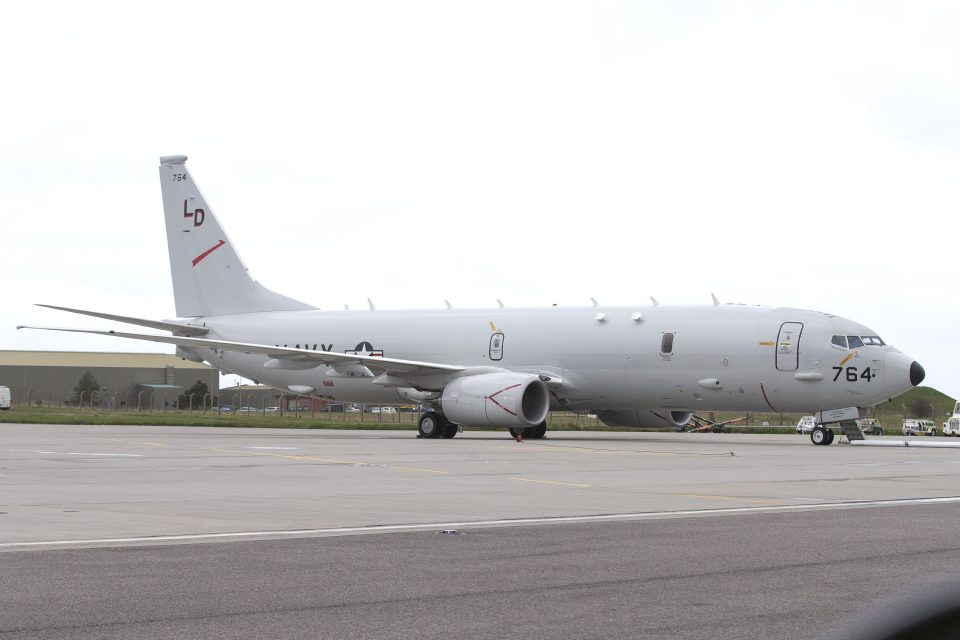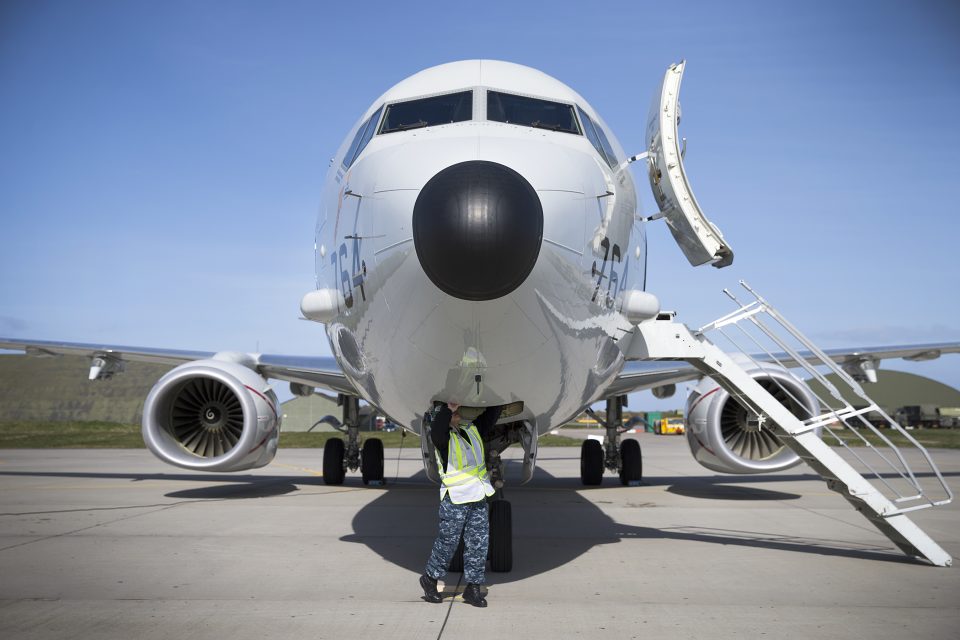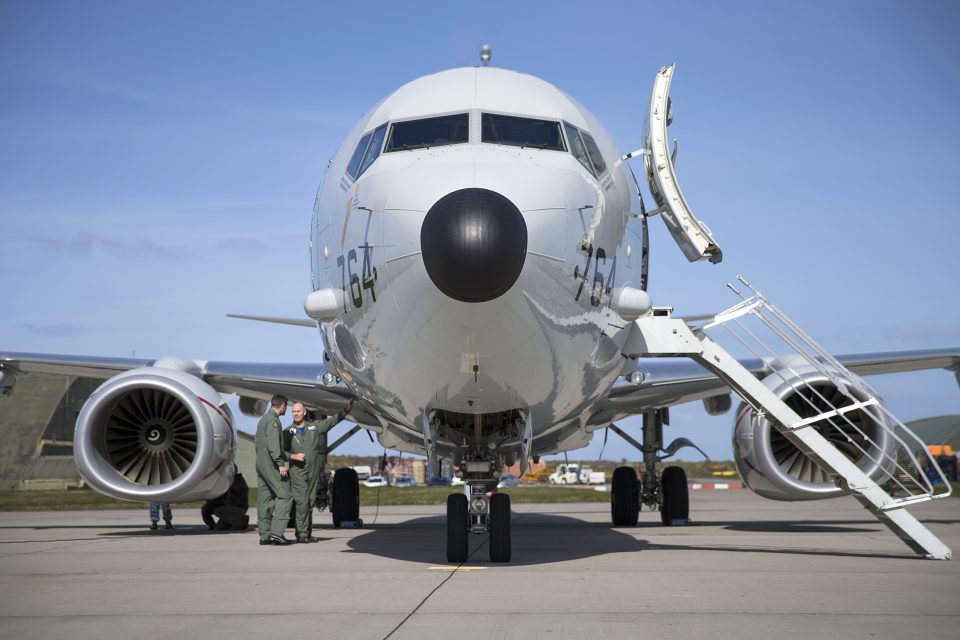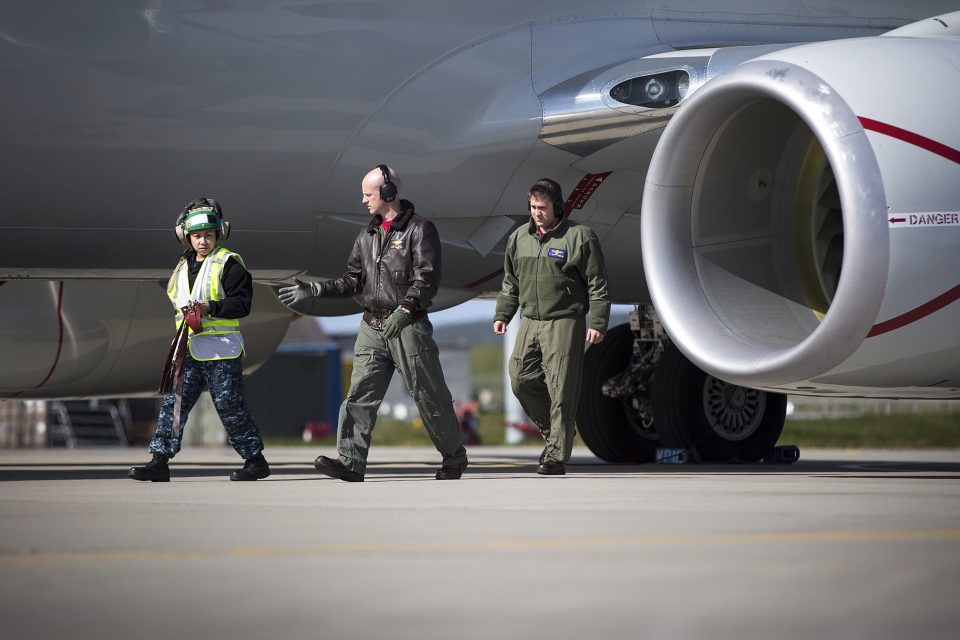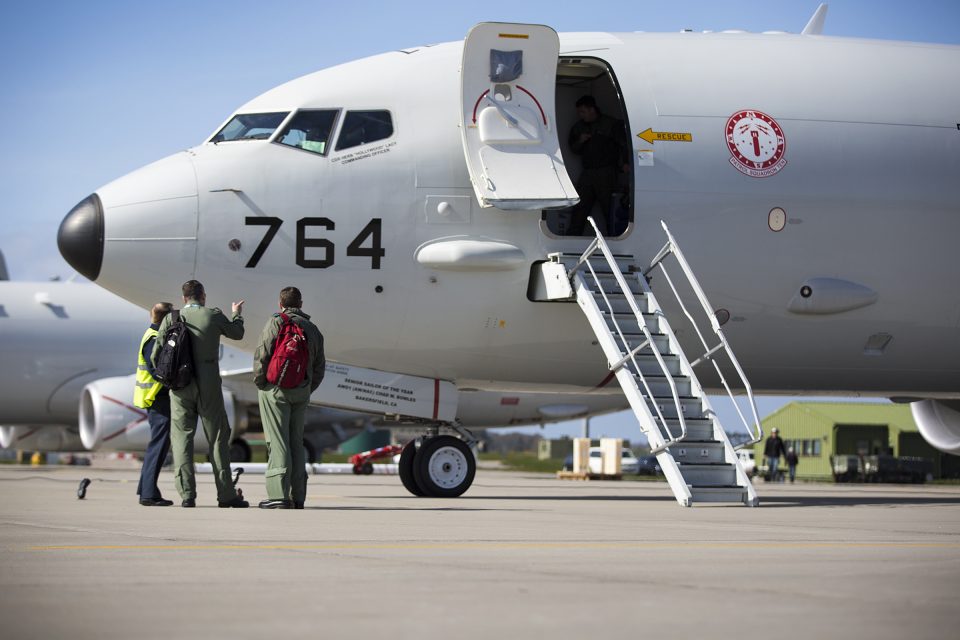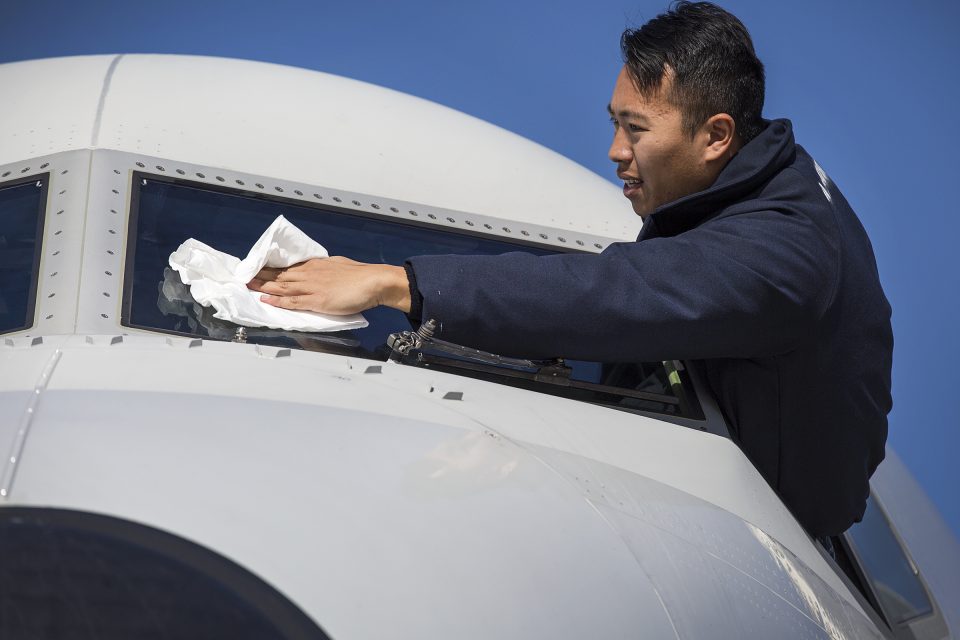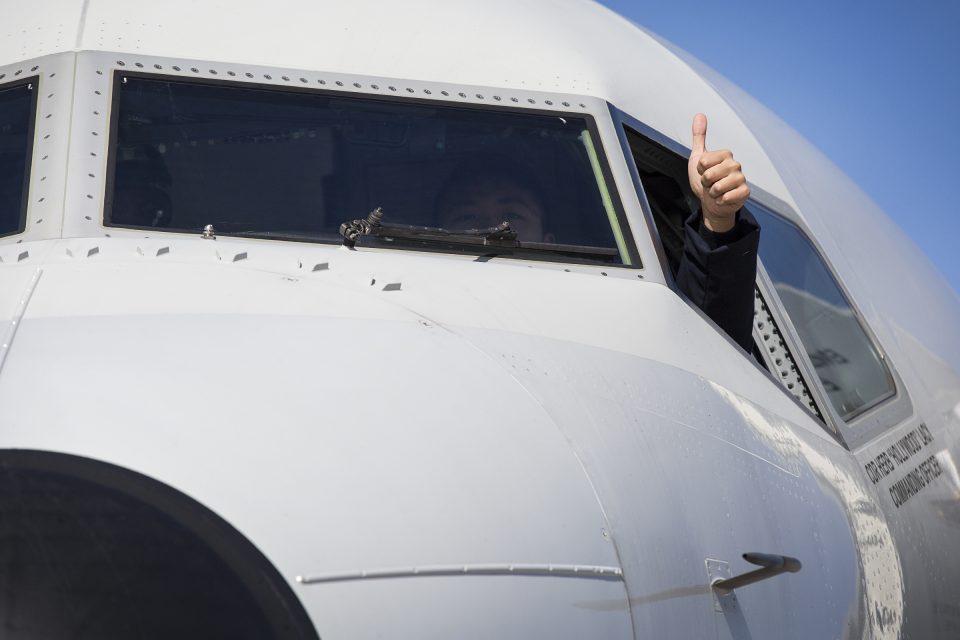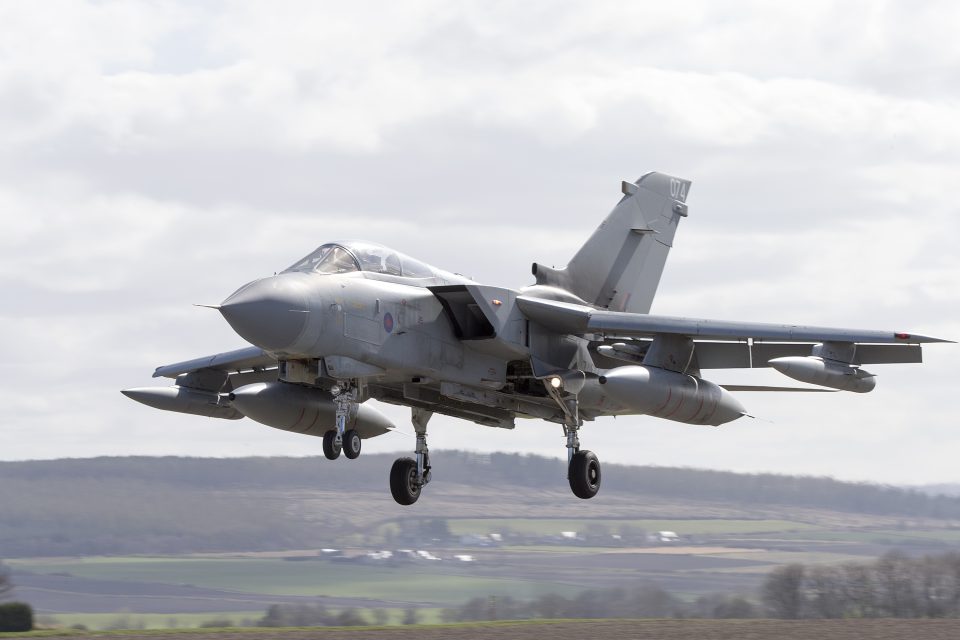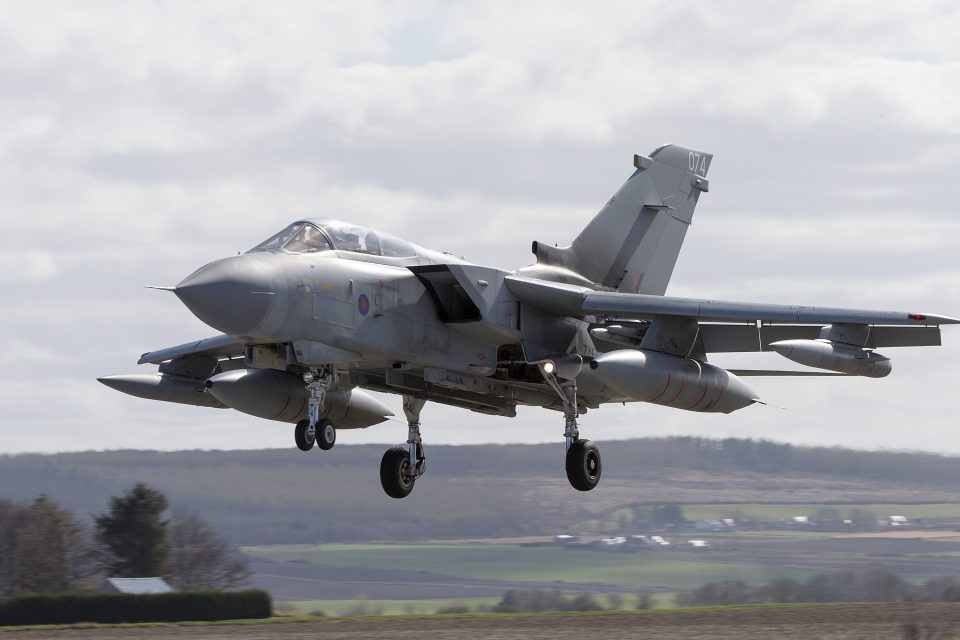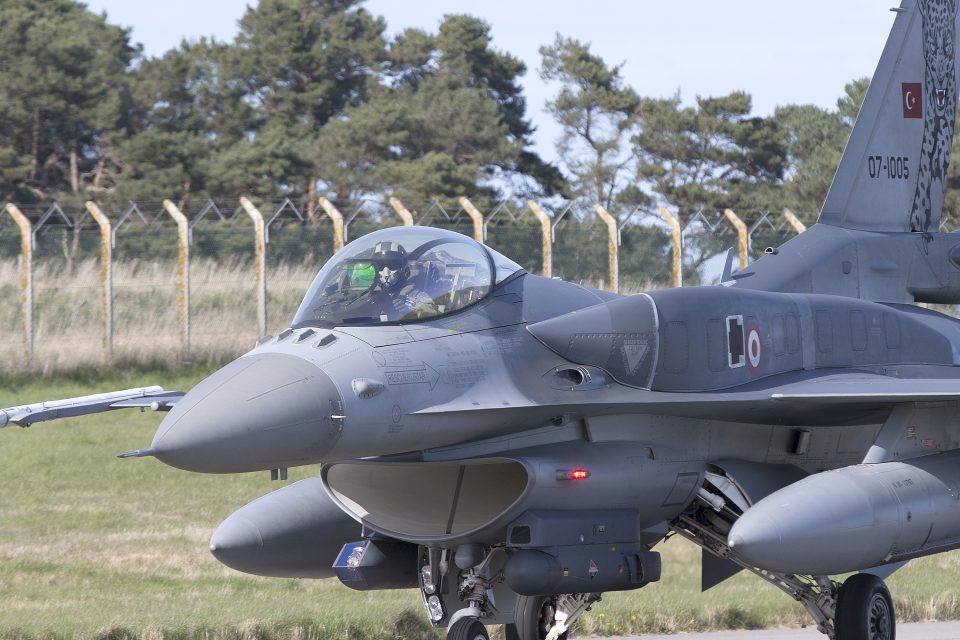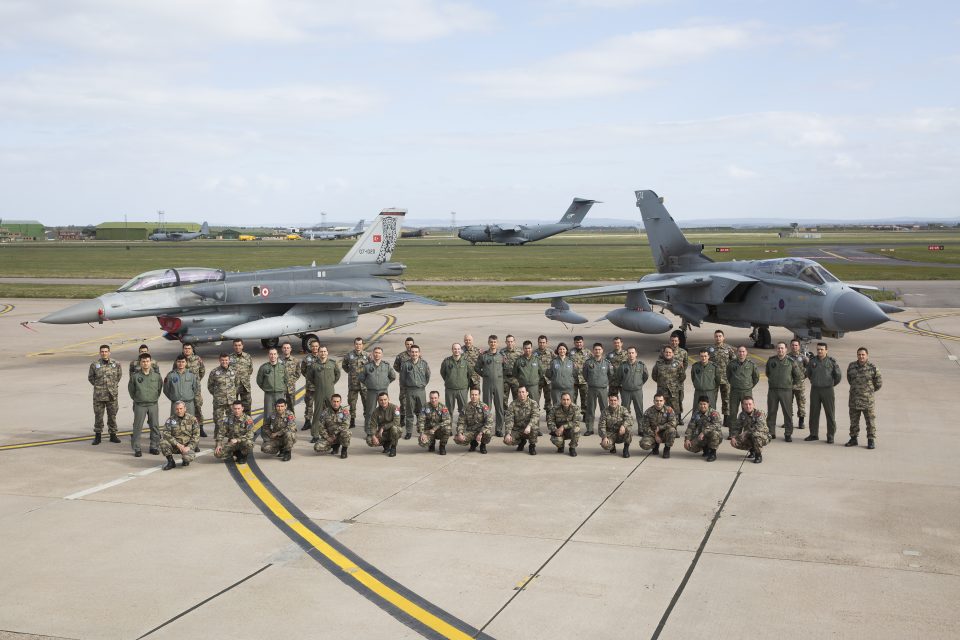2016-11-17 By Robbin Laird
On a recent visit to Norway, the UK Minister of Defence signed a new agreement with Norway to shape enhanced cooperation on maritime patrol operations. This was done in part due to the coming of the P-8 to the United Kingdom.
In the story on the UK MoD website it was noted:
Work on the UK’s MPA programme is progressing well, including the investment on infrastructure in Lossiemouth in Scotland, where the planes will be based.
Former armed forces personnel who previously served on UK Nimrod are also re-joining the RAF to help operate the future P-8s.
12 have recently re-joined and more will re-join in the future
The UK MoD retired the Nimrod in 2011; recently, the UK government announced that the P-8 was coming into the force in 2019.
The Nimrod MK2 MPA was taken out of service in 2010 with the UK accepting the capability gap until the MRA4 came into service.
https://www.gov.uk/government/news/nimrod-r1-retires-from-service
How do you maintain the skills necessary to stay in the maritime domain awareness game when your aircraft goes away?
According to the MoD, a “seed-corn” program was put in place to provide for a transition.
With the first aircraft due to arrive in the UK in 2019/2020, the RAF has been committed to maintaining the skills needed to operate these MPAs through the ‘seed-corn’ programme, which has embedded former RAF MPA operators within the MPA squadrons of Australia, Canada, New Zealand and the USA.
Air Vice-Marshal Gerry Mayhew, who is responsible for the RAF’s fast jets and Intelligence, Surveillance and Reconnaissance assets, said:
The seed-corn initiative has been vital in ensuring that our future MPA aircrew are prepared to regenerate the UK’s MPA capability. By retaining those essential skills, our aircrew are already on the front foot when it comes to operating these new aircraft.
But doing so is not easy, and notably because the P-8 is not really a Nimrod replacement.
As Wing Commander Paul Froome put it during my April visit to RAF Lossiemouth:
“The P-8 is clearly not Nimrod.
“If we think that we’re going to take an old-fashioned air electronics operator, and use him in the same way on the P8, we’re missing a trick.
“We need to be developing the crews now to be maritime warfare operators, not electronic operators, and radar, and wet and dry, we need to be thinking bigger than that.
“The training that was already in place for the MRA4 saw more use of Link 11 and 16 and ensuring that the information flow between assets was as slick as possible. The Nimrod was used as more than an MPA spending more time supporting overland operations in the Middle East than over the sea.
“If we don’t, then you end up making problems for your F-35, your Typhoon, your P8, your Reaper, your Son of Reaper.”
During my June visit to RAF Lossiemouth, I had a chance to meet with a former Nimrod commander who is part of the seed corn effort, and it was clear that getting the P-8 into the force was an important step to allow the challenge of skill transition to be met successfully.
My discussion with this RAF officer from No. 602 Squadron, which is a Royal Auxiliary Air Force squadron, highlighted the transition effort.
“We are predominantly former Nimrod personnel and I spent 32 years flying in the MPA role.”
He highlighted how important NATO exercises have been to shape a transition.
Joint Warrior which this year brought various NATO aircraft to RAF Lossiemouth, including the P-8, has provided a crucial opportunity for former Nimrod operators to go onboard US and allied Maritime Patrol Aircraft to keep skill sets current.
Lossiemouth is a fast jet base; it is not yet fully set up to support larger MPA aircraft. There is a clear challenge with the decision to standup the P-8s at RAF Lossiemouth. One should note that the Nimrod base, which was located close to Lossie, was closed down and is now an Army base.
Currently, Lossie supports two large Joint Warrior exercises a year, which includes MPA aircraft at Lossie as well. The location of Lossie is important in terms of the area of interests for the UK and its allies as well.
The base is manned 24/7 for the Quick Reaction Alert capability. This provides a foundation for thinking forward towards the future MPA as well. The personnel is used to expeditionary operations as well.
The decision-making facility for MPA and the Royal Navy, more generally, is located at Northwood; and with the deployment of P-8s at Lossie will shape a new decision-making dynamic between the two centers as well.
The MPA community is very international in character; with the Joint Warrior exercises, the RAF has had an opportunity to keep skill sets current; but is not the same as flying your own aircraft.
But what this means as the P-8 comes into the RAF inventory, the broader multinational orientation built into the exercises, and the Nimrod/P-3 working relationships can be carried forward.
“We have continuously sent officers to work with our allies abroad to keep their skills current as well.
“We are well replaced to the new challenges.
“The training we have given our ex-MPA guys in flying and operations with our allies is crucial.
“This will allow us to slot in people very quickly as the P-8 becomes operational.”
“But it is a clear challenge.
As the USN’s 6th Fleet Commander put it recently, we are seeing the fourth Battle of the Atlantic take shape as the Russians take to sea once again.
For the British, making a key contribution to this effort is crucial and will be provided a new aircraft is married to the transitional “seed corn” approach.
http://www.usni.org/magazines/proceedings/2016-06/fourth-battle-atlantic#footnotes
The first slideshow shows the UK Minister of Defence visiting Jax Navy and seeing the P-8 first hand and is credited to the US Navy.
The second slideshow shows planes involved in the Joint Warrior Exercise earlier this year and is credited to the RAF.


